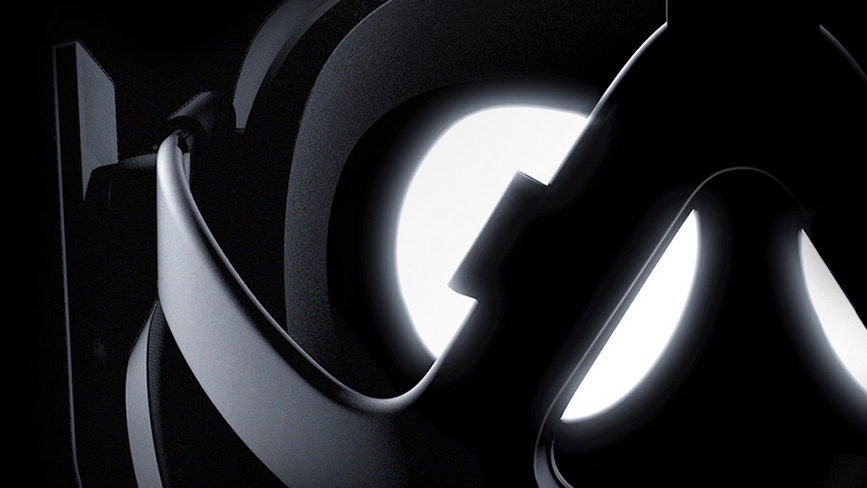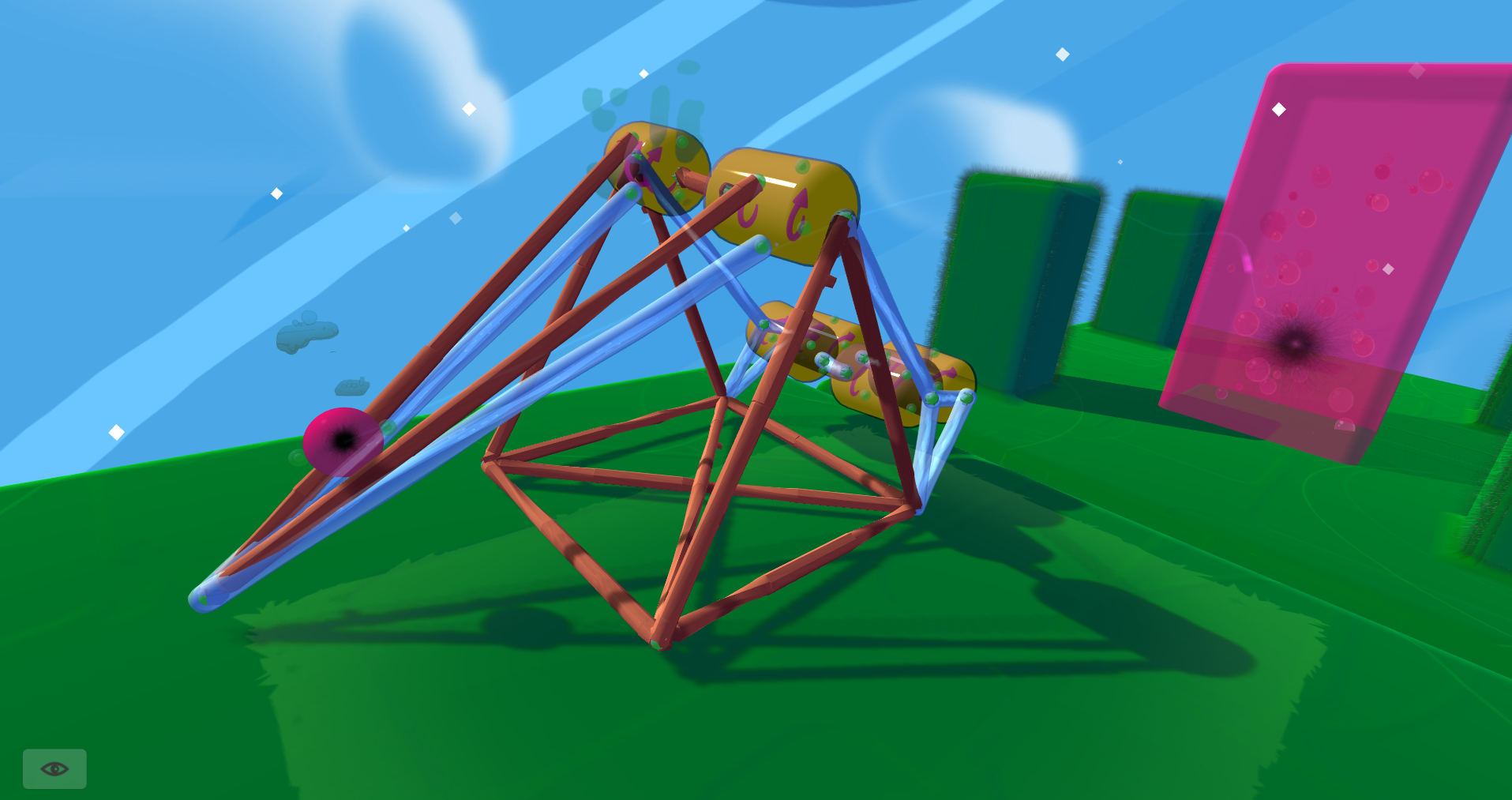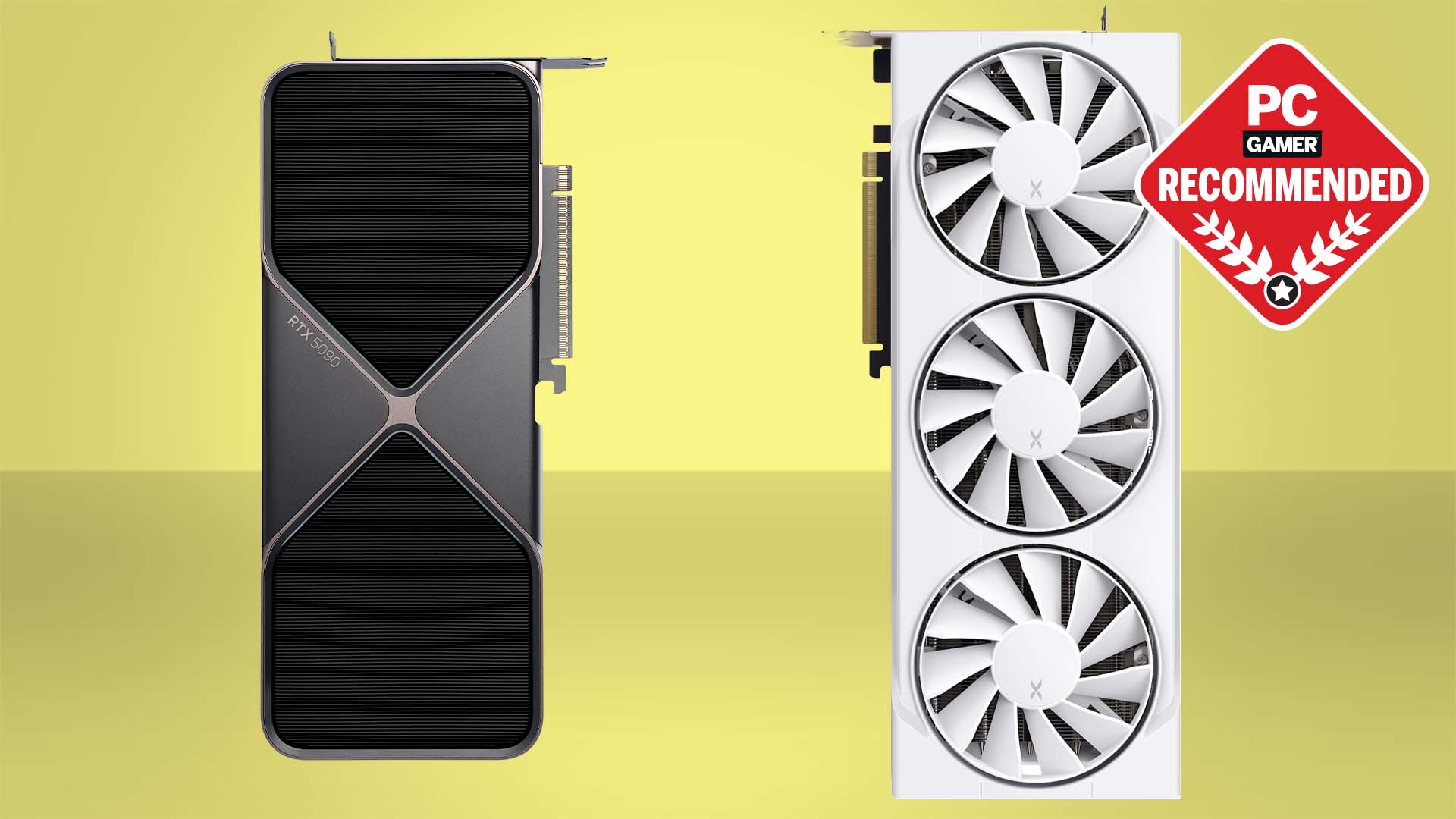Vive and Oculus VR devs confirm a GTX 970 will run most games

In May 2015, Oculus announced the recommended system specs for "a great experience"—in other words, what your PC will need to handle the majority of VR games. When you're gaming on a monitor, losing a few frames here and there won't totally wreck your experience. That's not the case in VR, where dropped frames will lead to some nasty motion sickness. And outputting to a VR headset is even more demanding than outputting to a monitor.
Both the Vive and the Oculus Rift run 2160x1200 displays refreshing at 90 Hz, for a total of 233 million pixels rendered per second. That's nearly double the output for a 1080p monitor at 60 Hz. When Oculus named the Nvidia GTX 970 or Radeon R9 290 as the recommended graphics card for running VR games, I was surprised. Not because that's a high-end graphics card—because I wasn't sure a GTX 970 was powerful enough.
I wouldn't be surprised if VR games released six months or a year after the launch of the Oculus Rift require even beefier hardware, but for now, the GTX 970 requirement seems to check out. And, thankfully, that system spec appears to apply to the HTC Vive as well.
When I interviewed HTC vice president of VR Daniel O'Brien about the Vive at CES, he said "Right now we’re just saying for an optimized spec to have a great optimized experience, if you use a 970, if you use a 290 with AMD, you’re going to have a great experience." Still, I was skeptical, so when I attended Valve's recent developer showcase in Seattle, I asked several developers what kind of hardware it takes to run their games. All of them said they'll run on a GTX 970.

Even Elite: Dangerous developers Frontier Developments said the game will run on a GTX 970, although they recommend a GTX 980 for turning up all the graphics settings that a 970 won't be able to handle in VR. Still, running on a 970 won't be like the mediocre experience of playing at minimum settings on integrated graphics. It just won't quite have that 'ultra' sheen.
Elite is actually an interesting example for VR performance—unlike most of the games demoed at VR events over the past two years, it's playable without a headset strapped to your face. It's a more traditional PC game, and has the usual graphics options to go along with that. Compare Elite to many of the games shown for the Oculus Rift, which will likely be launching alongside or soon after the hardware. Edge of Nowhere and Chronos are adventure games with fixed camera angles, allowing the developers to tightly control how much of the environment is on screen at any given moment. Lucky's Tale is a platformer with a similarly guided camera.
Many of the games I've played on the Vive, like Space Pirate Trainer and Audioshield, use simple graphics with a focus on bold colors over detailed textures. Partially I think that's playing to what works best in VR—what's pleasant and parsable at the resolution of today's headsets—and partially it seems like a smart move for performance.
Keep up to date with the most important stories and the best deals, as picked by the PC Gamer team.

There will definitely be more graphically advanced VR games once the hardware is in the wild (and Elite: Dangerous and Eve Valkyrie are already impressive for launch), but I suspect many of the first wave of games won't even have graphics options.
They'll be optimized to run on a 970, without lower settings for weaker hardware or advanced effects for higher-end rigs. It makes sense for VR development to, in a way, be more like console development, with a rigid hardware standard for developers to meet. Fall one frame below the expected threshold and everything goes to hell. Easy solution: avoid offering graphical settings that gamers could accidentally tank their performance with (even if more savvy users might be missing out on the usual high-end graphical perks). Oculus's recommended spec also gives devs an across-the-board performance level to aim for, without the expectation of supporting lower-end hardware.
The more open platform of SteamVR may be a different story; we'll see soon enough. With the first Oculus Ready PCs available soon, and nearly all of them outfitted with GTX 970s, it's safe to say we know what it's going to take to run the majority of 2016's VR games.

Wes has been covering games and hardware for more than 10 years, first at tech sites like The Wirecutter and Tested before joining the PC Gamer team in 2014. Wes plays a little bit of everything, but he'll always jump at the chance to cover emulation and Japanese games.
When he's not obsessively optimizing and re-optimizing a tangle of conveyor belts in Satisfactory (it's really becoming a problem), he's probably playing a 20-year-old Final Fantasy or some opaque ASCII roguelike. With a focus on writing and editing features, he seeks out personal stories and in-depth histories from the corners of PC gaming and its niche communities. 50% pizza by volume (deep dish, to be specific).

